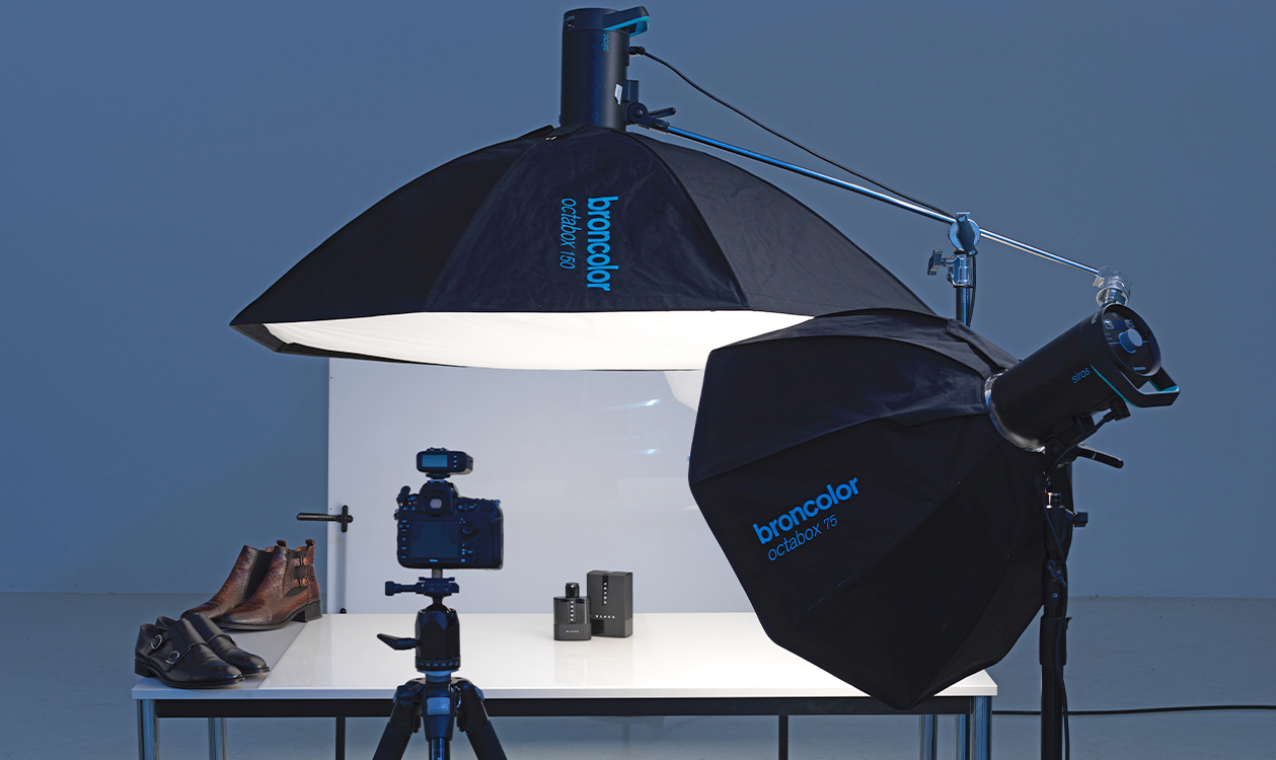Mastering Lighting in Photography: Key Tips and Techniques
When it comes to photography, the understanding of good lighting is fundamental for capturing breathtaking images. Whether your focus is on portraits, landscapes, or still life compositions, the quality of light significantly contributes to the charm of your photos. For professional photographers, honing lighting skills is essential to transform ordinary shots into stunning works of art.
This article delves into the nuances of lighting in photography, offering practical tips and insights designed to elevate your craft. You will discover various lighting types, necessary tools, and techniques that can breathe life into your photography, enabling you to create standout images every time you click the shutter.

Why Lighting is Crucial in Photography
Every seasoned photographer understands that lighting is a key determinant in the success of a photograph. Properly utilized light can create depth, enhance textures, and establish the mood of the scene. It's vital to assess the lighting conditions before capturing your shot. Different types of lightnatural, artificial, and modified lightcan all impact the quality of your images.
Natural vs. Artificial Light
Natural light and artificial light each have unique qualities that significantly affect your photography. Natural light tends to be softer, influenced by the hour of day and weather patterns. Conversely, artificial light provides greater control over the shooting environment, making it possible to achieve desired effects.
Types of Lighting in Photography
Gaining a clear understanding of various lighting types is essential for mastering the art of photography. Here are some fundamental lighting techniques every photographer should be familiar with:
- Front Lighting: Illuminates the subject uniformly from the front.
- Side Lighting: Produces shadows that add depth and dimension.
- Back Lighting: Outlines the subject, creating a depth effect or silhouette.
- Diffused Lighting: Achieved through softboxes or reflectors to soften harsh shadows.
- Hard Lighting: Creates stark contrast and dramatic shadows.

Selecting Appropriate Lighting Gear
Having the right lighting equipment is critical for achieving the best results. Consider these tools, which are essential for professional photographers:
- Softboxes: Important for diffusing light and minimizing harsh shadows.
- Umbrellas: Convenient for diffusing light while remaining portable.
- Reflectors: Ideal for bouncing light back into shadows to achieve even lighting across your subject.
- Continuous Lights: Excellent for both video and still photography, providing steady illumination.
- Speedlights: Compact and versatile, perfect for photography on the go.

Lighting Techniques for Eye-Catching Photography
After selecting your equipment, it's time to implement various lighting techniques:
Three-Point Lighting
This traditional arrangement involves key, fill, and back lights to create a balanced illumination. The key light serves as the primary source, the fill light helps mitigate shadows, and the back light adds depth by separating the subject from the backdrop.
High Contrast Lighting
If youre aiming for striking images, high contrast lighting could be the ideal approach. This methodology accentuates bold shadows and highlights, making your subject stand out.
Low-Key Lighting
Low-key lighting utilizes minimal light to emphasize shadows, generating an intimate and moody atmosphereperfect for dramatic portraits.

The Significance of Color Temperature
Another crucial factor in lighting is color temperature, measured in Kelvin (K). Properly adjusting color temperature ensures that whites appear neutral and colors remain vibrant. Daylight bulbs, typically rated between 5000K-6000K, offer balanced tones, while warmer lights such as tungsten, averaging around 3200K, produce a golden hue.
Adapting to Your Environment
Whether you're indoors or outdoors, responding to existing light conditions is indispensable. During outdoor shoots, the golden hour presents a wonderful opportunity for softer, flattering lighting. Indoors, utilizing natural light from windows can yield beautiful portrait outcomes. Always pay attention to how shadows interact with your subjects.
Employing Light Modifiers
Light modifiers can dramatically alter the quality of your lighting. Experimenting with grids, snoots, and gels can introduce creativity to your lighting setup, helping you manage brightness and color for more expressive results.
Practical Tips for Enhancing Lighting Skills
Here are some practical strategies to help you refine your lighting prowess:
- Test Your Setup: Always take test shots to assess how light impacts your composition.
- Experiment: Play with angles and distances to learn the effects of different lighting.
- Observe: Analyze works by other photographers for an understanding of their lighting techniques.
- Learn from Mistakes: Review your photographs and adjust methods as necessary.
Conclusion
Understanding good lighting for photography is vital for any professional photographer. By mastering various lighting styles, gear, and techniques, you can greatly enhance your photographic output. Stay committed to practice, experimentation, and continuous learning to advance your craft.
FAQs
1. What is the ideal lighting for indoor photography?
The optimal lighting for indoor photography varies with your subject, but soft, diffused lightsuch as natural light streaming through a window or using softboxestends to be most effective.
2. How can I create soft lighting for portraits?
To achieve soft portrait lighting, use a softbox or umbrella to diffuse your light source, or take advantage of natural light during the golden hour.
3. What role do reflectors play in photography?
Reflectors are essential for bouncing light onto subjects, helping to fill in shadows and create a balanced light effect across the image.
As an Amazon Associate, I earn from qualifying purchases.
For more in-depth techniques, you can also check out this external link.
Additionally, for additional resources, explore how a DSLR camera works, camera bag purposes, features of DSLR cameras, merits of mirrorless cameras, and using a Caden camera bag.

